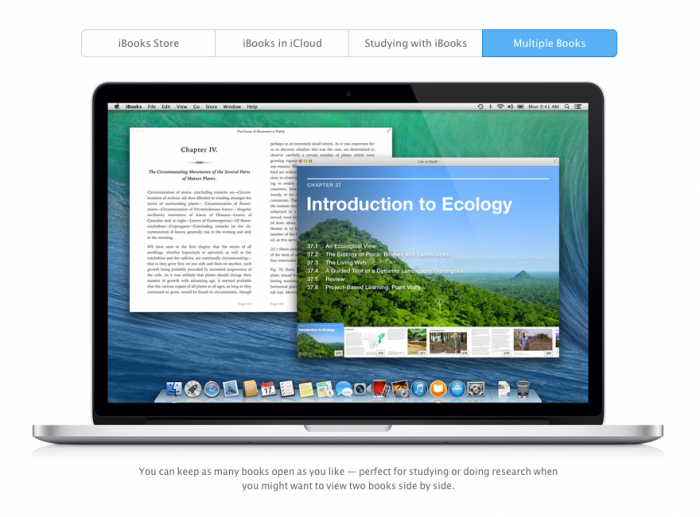

The Landmarks structure uses the epub:type attribute to identify both the element and the document functions listed within it. Within the package, only one "landmarks" nav element can be delivered. If that value is not specified in the Landmarks navigation structure, Apple Books opens to the first spine item that contains one of the following epub:type landmarks values: Apple Books opens to the first landmark item that contains the epub:type value of "ibooks:reader-start-page". Landmarks can also be used to define the start page of a Flowing book, which is the first page a reader will see the first time they open a book. A Landmarks nav is required for Fixed Layout books if you do not provide a custom sample. Apple Books references the Landmarks when cutting the sample for a book. The Landmarks navigation structure replaces EPUB 2's element. It is created using a nav element with an epub:type value of "landmarks". The Landmarks structure identifies key component files within the book, such as the cover page, bibliography, and so on. Screenshot size requirements have been added for 11-inch iPad devices (iPad Pro, 4th generation iPad Air) and for 10.5-inch iPad devices (iPad 8th generation, iPad 7th generation, iPad Pro, iPad Air). To specify vertical scrolling, use scrolled-continuous in the tag in the element within the OPF file. By specifying vertical scrolling, Apple Books presents the content continuously without any space between content documents. Apple Books presents the content documents in the order listed in the element, which defines the linear reading order of the book. Vertical scrolling allows the reader to view and read the content from top-to-bottom. Some books, such as Manga, are designed for content to be presented in one continuous scroll without white space or gaps. What’s New in Apple Books Asset Guide 5.2.12?

Changes in the iBooks Asset Guide 4.5.1.Changes in the iBooks Asset Guide 4.7.2.Changes in the iBooks Asset Guide 4.7.3.Changes in the iBooks Asset Guide 4.7.4.Changes in the iBooks Asset Guide 5.1.1.Changes in the iBooks Asset Guide 5.1.2.Changes in the iBooks Asset Guide 5.2.1.Changes in the iBooks Asset Guide 5.2.2.Changes in the iBooks Asset Guide 5.2.3.


Is there ibooks for macbook windows#
With Apple's iBooks, they will allow you to redownload books that you've purchased through the Apple Store on any Apple device connected to your account, but there's no way to send a book you bought through the apple store to a Kindle or to an iBook reader on your Windows PC, or your Samsung phone.Apple Books Asset Guide 5.2.12 Apple Books Asset Guide 5.2.12 We can delete it from the devices, then re-download it a month later to show someone else.
Is there ibooks for macbook download#
So, I can capture a web page, email it to my Kindle for off-line reading, and then call my wife and suggest that she download it to read a section I think she would be interested in. Since they are all on one Kindle account, any book I've bought or sent to any device are available in my "Archived books" to download to any other device at any time. The best thing about the Kindle system is that I have a Kindle reader for my Mac, for my iPhone, for my wife's iPad, and of course, my Kindle device. I've found that Kindle seems to be more robust and easier to work with, while iBooks is a nicer interface.īetween the two, I'd give the nod to Kindle. I use Calibre to manage my ebooks, so I can convert books to either format and send to either device.


 0 kommentar(er)
0 kommentar(er)
